For centuries, the Great Pyramid of Giza has stood as humanity’s most mysterious architectural achievement, sparking countless theories about alien intervention, lost technologies, and impossible feats. Yet modern archaeology and cutting-edge science are finally revealing the truth behind these monuments. The reality is far more fascinating than fiction, involving sophisticated engineering techniques, massive organized workforces, and ingenious solutions that ancient Egyptians devised over four millennia ago.
What makes these discoveries so remarkable isn’t just how the pyramids were built, but the sheer scale of human organization required. We’re talking about coordinating tens of thousands of workers, moving over two million stone blocks weighing several tons each, and achieving mathematical precision that rivals today’s construction standards. The latest archaeological findings, from papyrus records to workers’ villages, are rewriting everything we thought we knew about ancient engineering. So let’s get started.
Revolutionary Ramp Systems That Changed Everything

The most groundbreaking theory in modern pyramid construction research involves using a regular external ramp to build the first 30% of the pyramid, with an “internal ramp” taking stones up beyond that height. This revolutionary approach, developed by French architect Jean-Pierre Houdin, completely solves the age-old problem of how massive stone blocks reached incredible heights without leaving behind enormous ramp structures.
The genius lies in recycling the stones of the external ramp into the upper stories, thus explaining the otherwise puzzling lack of evidence for ramps. Think about it like constructing a spiral staircase inside a building while you’re still building the walls. According to research by French architect Jean-Pierre Houdin, workers built a spiral ramp that wrapped around the interior of the pyramid, with the angle of the ramp about 7 degrees, making it easier to pull the heavy stones with ropes and wood rollers.
The Incredible Precision That Defies Explanation

The dimensions of the pyramid are extremely accurate and the site was leveled within a fraction of an inch over the entire 13.1-acre base, comparable to the accuracy possible with modern construction methods and laser leveling. This level of precision seems impossible given the tools available over 4,500 years ago.
The design and positioning of the pyramids were very precise, with the great pyramids perfectly situated to have their sides line up to north, south, east, and west with uncanny accuracy for the time period. Alignment to the cardinal points of the compass was most likely accomplished by astronomical observation, with true north established by dividing the angle of a rising and setting star by two.
Advanced Quarrying Techniques That Maximized Efficiency
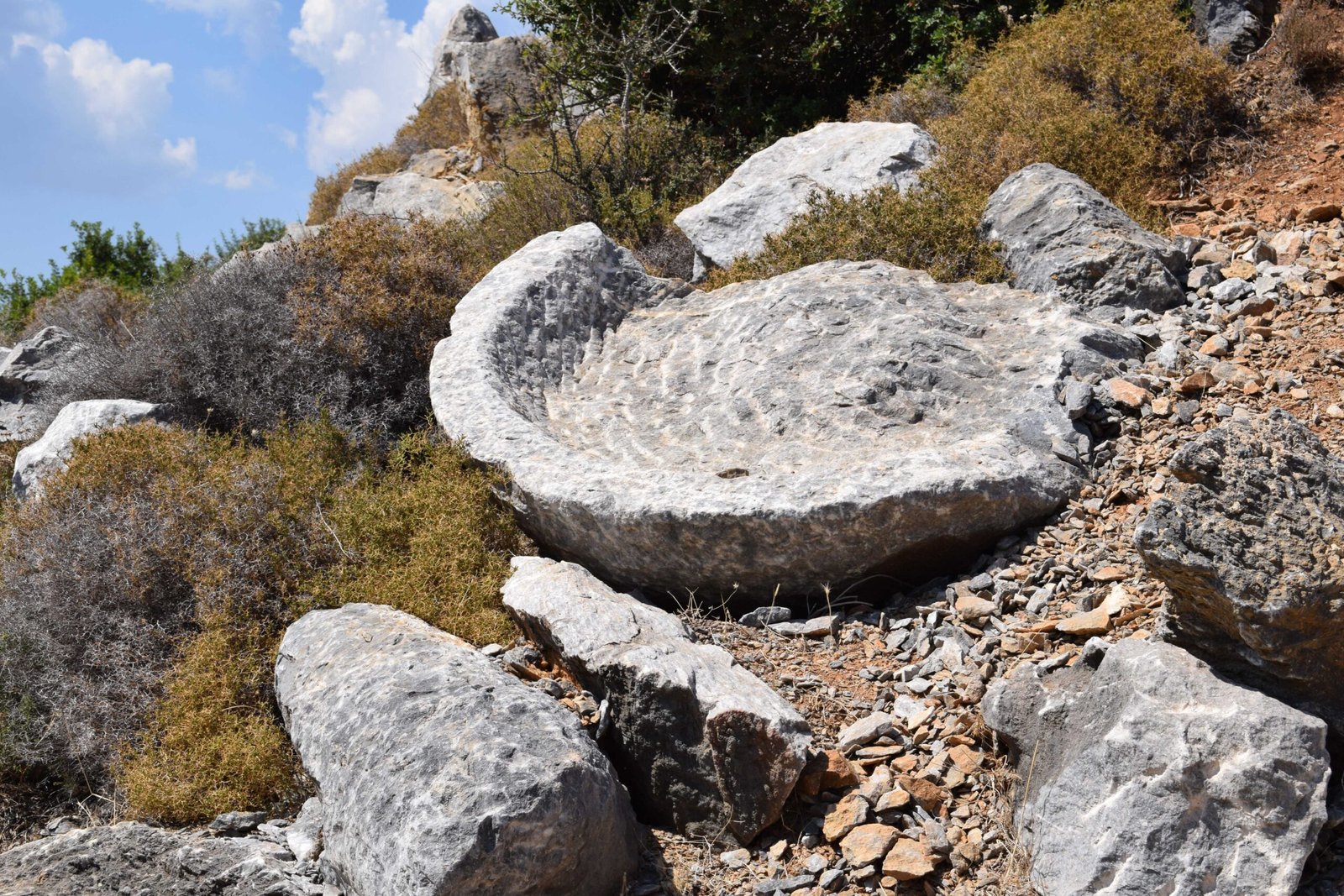
The pyramids were constructed using limestone blocks quarried from the building site, with workers using the natural geology of the quarry to extract the blocks, taking advantage of the natural thickness of the limestone layers. A man with a pick cut channels, wide and thick enough to allow wooden levers to enter, around the rectangular blocks that would be removed from the bedrock, then pried from bedrock with levers.
Modern experiments with ancient tools made of wood, stone, and copper have demonstrated that 12 workmen can produce 8.5 stones in a day, with archaeologist Mark Lehner calculating that a crew of 1,212 men working for twenty-three years could have easily quarried all the stone in the Great Pyramid. This wasn’t random digging but a carefully orchestrated operation that resembled modern industrial mining.
The Transportation Network That Connected an Empire
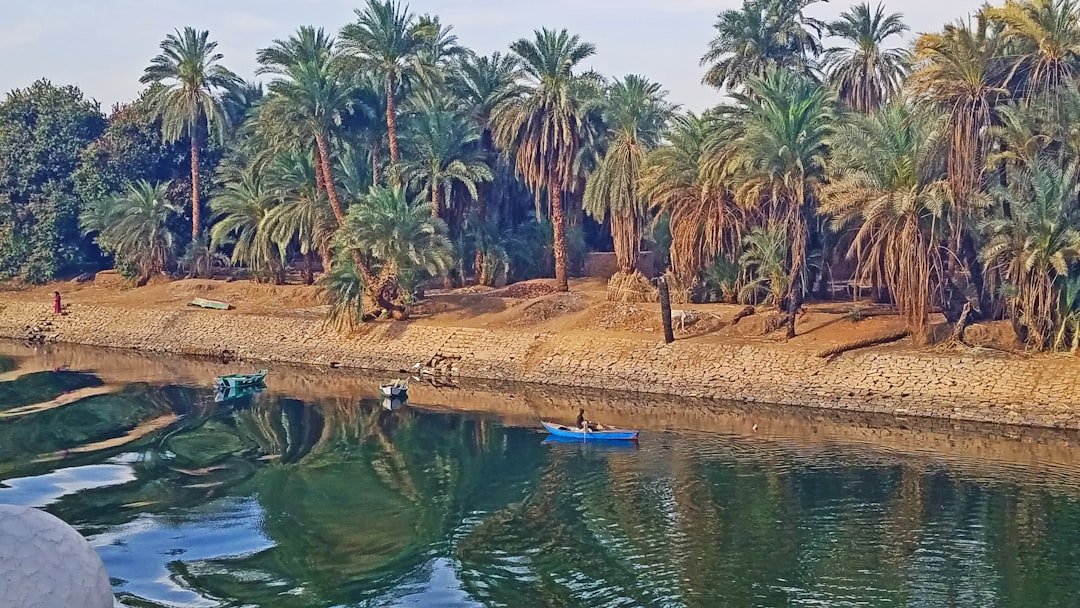
A new study published in May 2024 mapped an extinct branch of the Nile, Ahramat Branch, which once flowed near Egypt’s Great Pyramid and other Giza monuments, with the 64-kilometer waterway crucial for transporting materials and labor for pyramid construction. This discovery revolutionizes our understanding of how massive granite blocks from Aswan, hundreds of miles away, reached the construction sites.
The most ingenious aspect of pyramid construction was the sophisticated water transport system, with archaeological findings near the Giza plateau revealing ancient waterways and harbors that allowed builders to float massive stone blocks closer to construction sites, reducing the physical labor required for transportation. The ancient Egyptians developed a complex system of canals that linked quarries with construction sites, with yearly Nile floods filling these waterways, creating natural highways for transporting stones.
Ingenious Tools and Techniques of Ancient Engineers
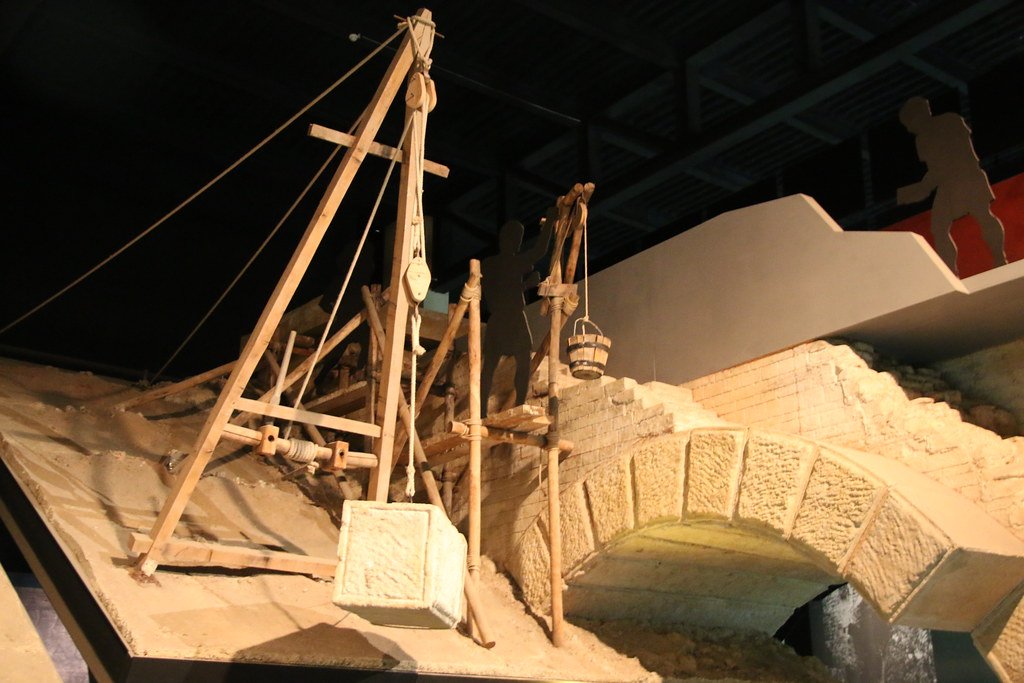
Blocks were moved using sleds with water (or possibly oil) poured underneath, dramatically reducing friction in a way that’s still used in modern heavy machinery transport. The tools available to the ancient Egyptian builders were rudimentary yet effective, with key tools including chisels made from copper and later bronze, used for carving stones.
The mortar, made of gypsum (plaster and sand), was very soft like butter, with the advantages being that it is slow-setting and, while it is setting, it can act as a sort of lubricant to lessen the friction between large blocks. A mushroom-shaped stone with three grooves cut across the round section probably acted as a primitive pulley that could redirect the force on the ropes used to move blocks.
Hidden Chambers and Internal Structures Revealed by Modern Science
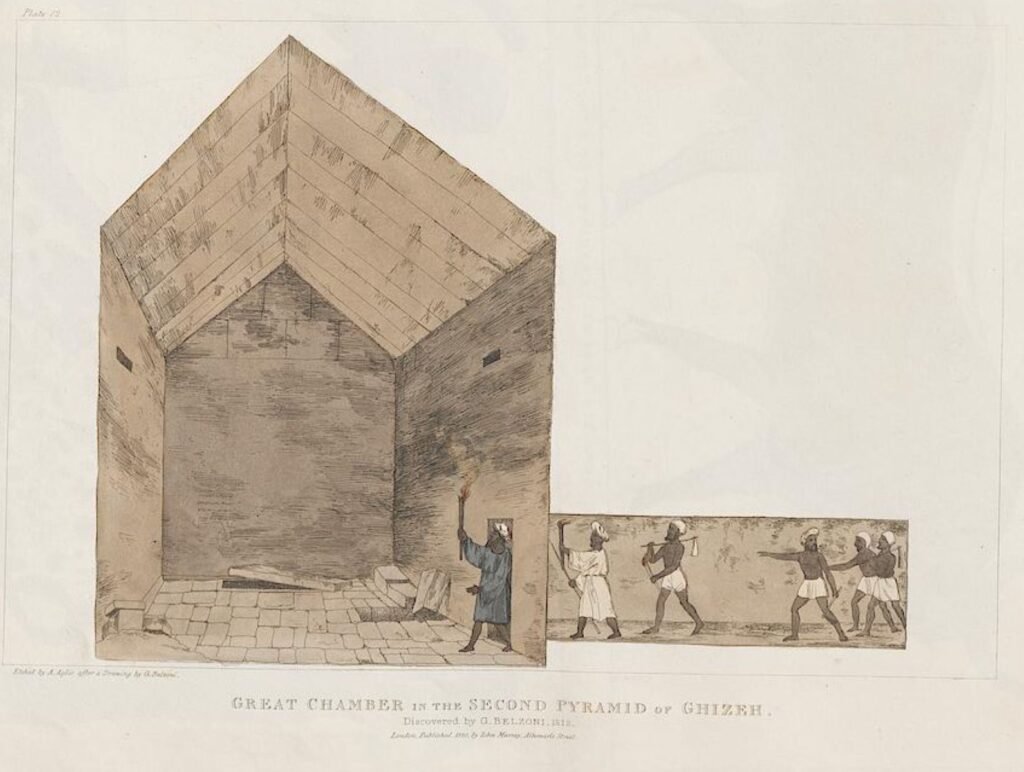
Modern scanning techniques are being used to probe the internal structure of the Great Pyramid of Giza, with researchers from the ScanPyramids project using non-invasive methods such as tracking particles called muons as they pass through the pyramids’ walls, discovering a huge cavity above the Grand Gallery in 2017.
A French team’s microgravemetric survey in the 1980s recorded variations in the density of the pyramid, with an image from the survey possibly showing a ramp still open inside the pyramid, running parallel to the outer face of the structure and turning 90 degrees at the corners, corkscrewing up to the top. These findings support the internal ramp theory that’s reshaping our understanding of pyramid construction.
The Massive Organized Workforce That Powered Construction

Archaeologists now believe that the Great Pyramid of Giza was built by tens of thousands of skilled workers who camped near the pyramids and worked for a salary or as a form of tax payment until the construction was completed, pointing to workers’ cemeteries discovered in 1990. This completely debunks the long-held Hollywood myth of slave labor.
Most archaeologists agree that only about 4,000 of the total workforce were labourers who quarried stone, hauled blocks, and set blocks in place, with the vast majority providing support services, organized into two crews of approximately 2,000 workers sub-divided into named gangs of 1,000, further divided into five phyles of 200 split into groups of around 20 workers grouped according to their skills.
The Lost City That Supported the World’s Greatest Construction Project
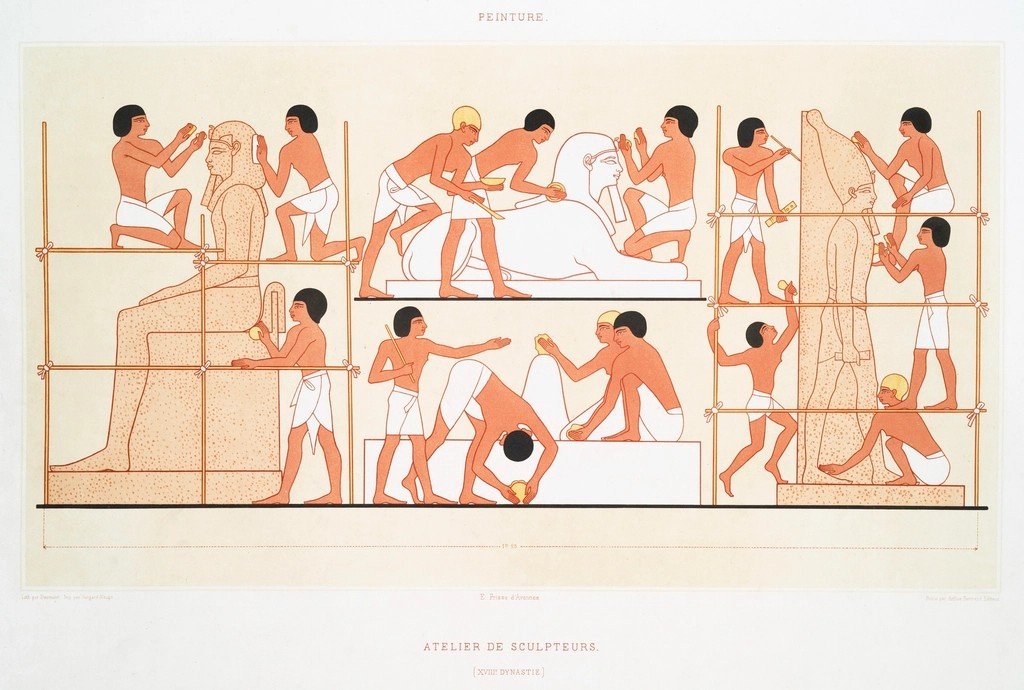
The workers’ diet was surprisingly rich, with excavations revealing vast quantities of cattle bones, suggesting that beef was a regular staple – remarkable, since meat was a luxury for most Egyptians, alongside beef were sheep, goats, fish, bread, and beer. Cattle were slaughtered regularly, a sign that workers were well-fed, indicating that pyramid construction was a national project supported by the state, not a burden pushed onto marginalized groups.
Archaeological evidence from workshops near the settlement revealed a highly specialized and skilled workforce, with tools and materials suggesting that workers employed sophisticated engineering techniques, using copper chisels, dolerite pounders, and wooden sleds for quarrying, shaping, and transporting massive limestone blocks. Evidence of healthcare was also found, with skeletal remains showing that workers who suffered broken bones received treatment, sometimes healing well enough to allow them to return to work.
Construction Timeline and Project Management Mastery
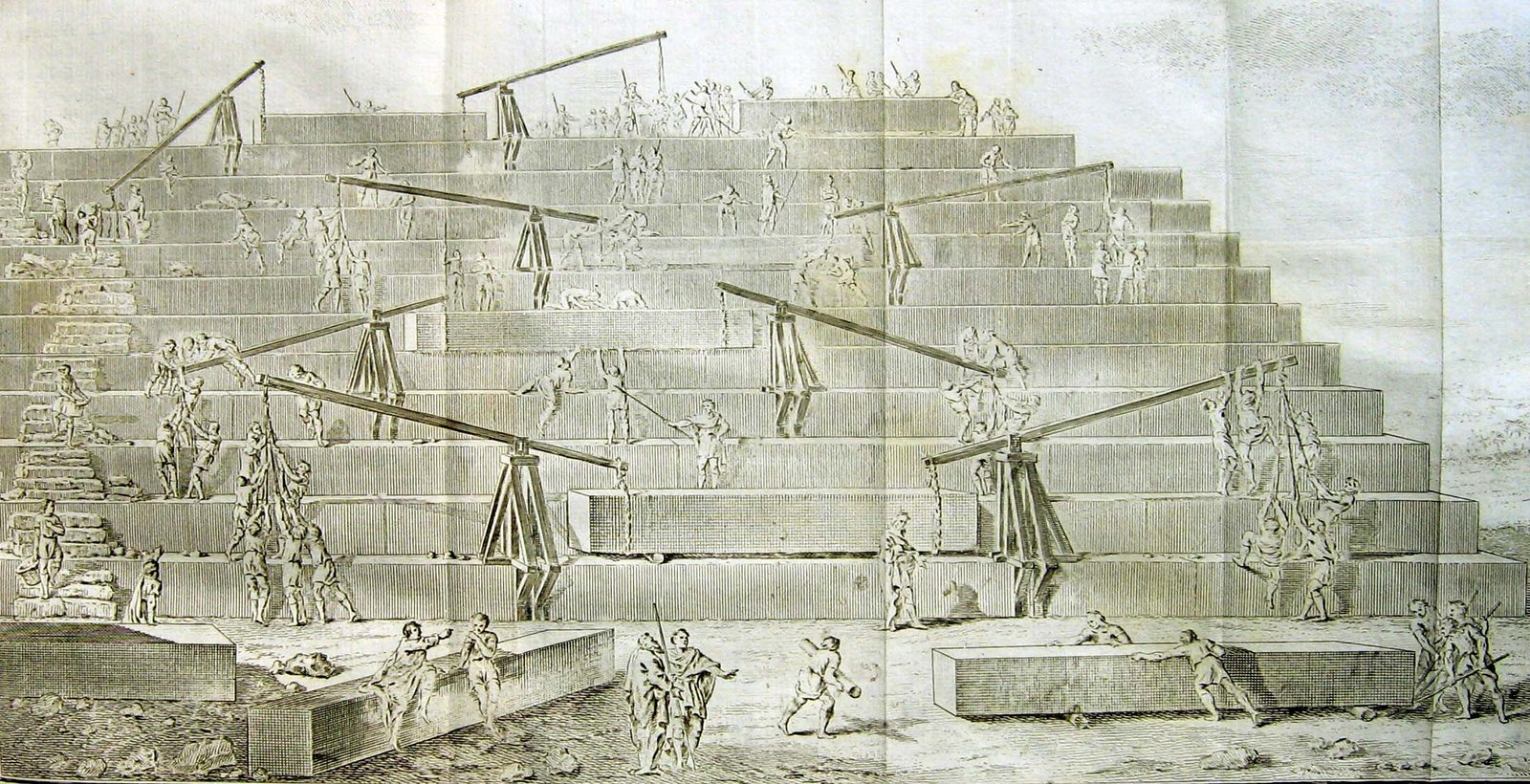
The average life expectancy in Ancient Egypt was 35 years and the construction of a pyramid typically started at the beginning of a king’s reign, with the Great Pyramid of Giza thought to have been completed in 20 years. This tight timeline demanded incredible project management skills that would impress modern construction companies.
The construction of the pyramids is a remarkable feat as they were built within a span of approximately 20 years, emphasizing not only the efficiency of the builders but also their ability to plan, coordinate, and execute such a massive project. Archaeologists estimate that one stone could be put into place every one to two minutes depending on how large the shift was at the time, with stone haulers and setters working three to four hour shifts.
The Legacy and Ongoing Mysteries That Continue to Fascinate
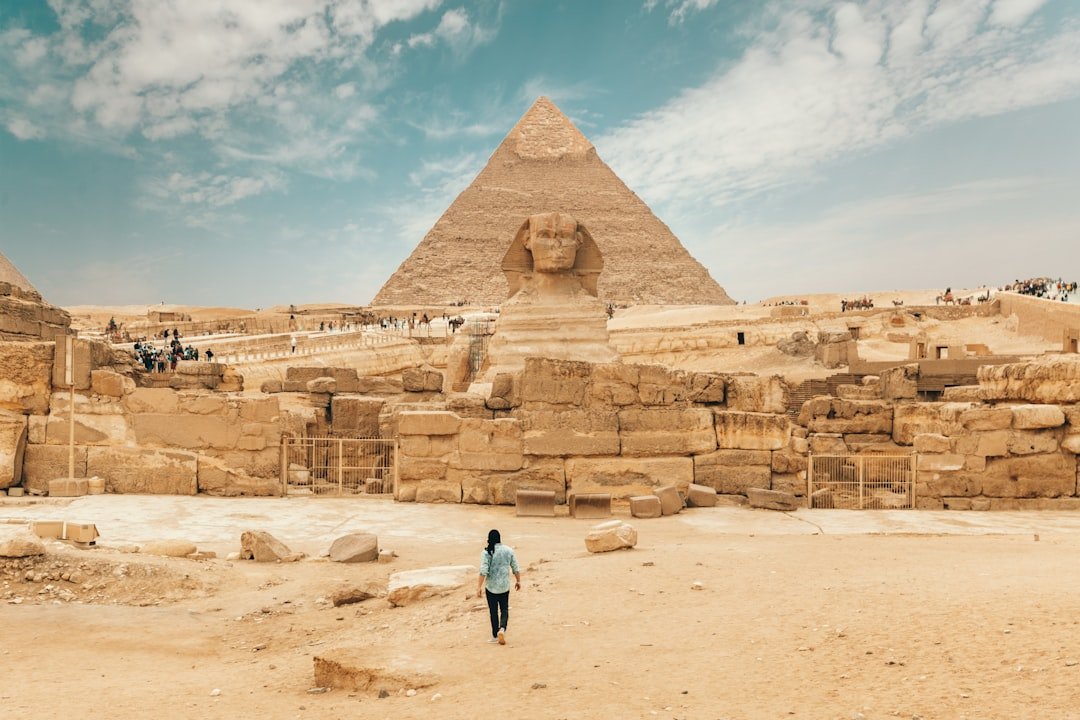
The ancient engineering feats at Giza were so impressive that even today scientists and engineers can’t be sure exactly how the pyramids were built, yet they have learned much about the people who built them and the political power necessary to make it happen. Modern technology continues to reveal new secrets about these ancient marvels.
The construction of the Egyptian pyramids can be explained with well-established scientific facts; however, there are some aspects that even today are considered controversial hypotheses, with construction techniques seeming to have developed over time as later pyramids were not constructed in the same way as earlier ones. Each new discovery adds another piece to this incredible puzzle of human achievement.
Conclusion: Engineering Marvels That Redefined Human Capability
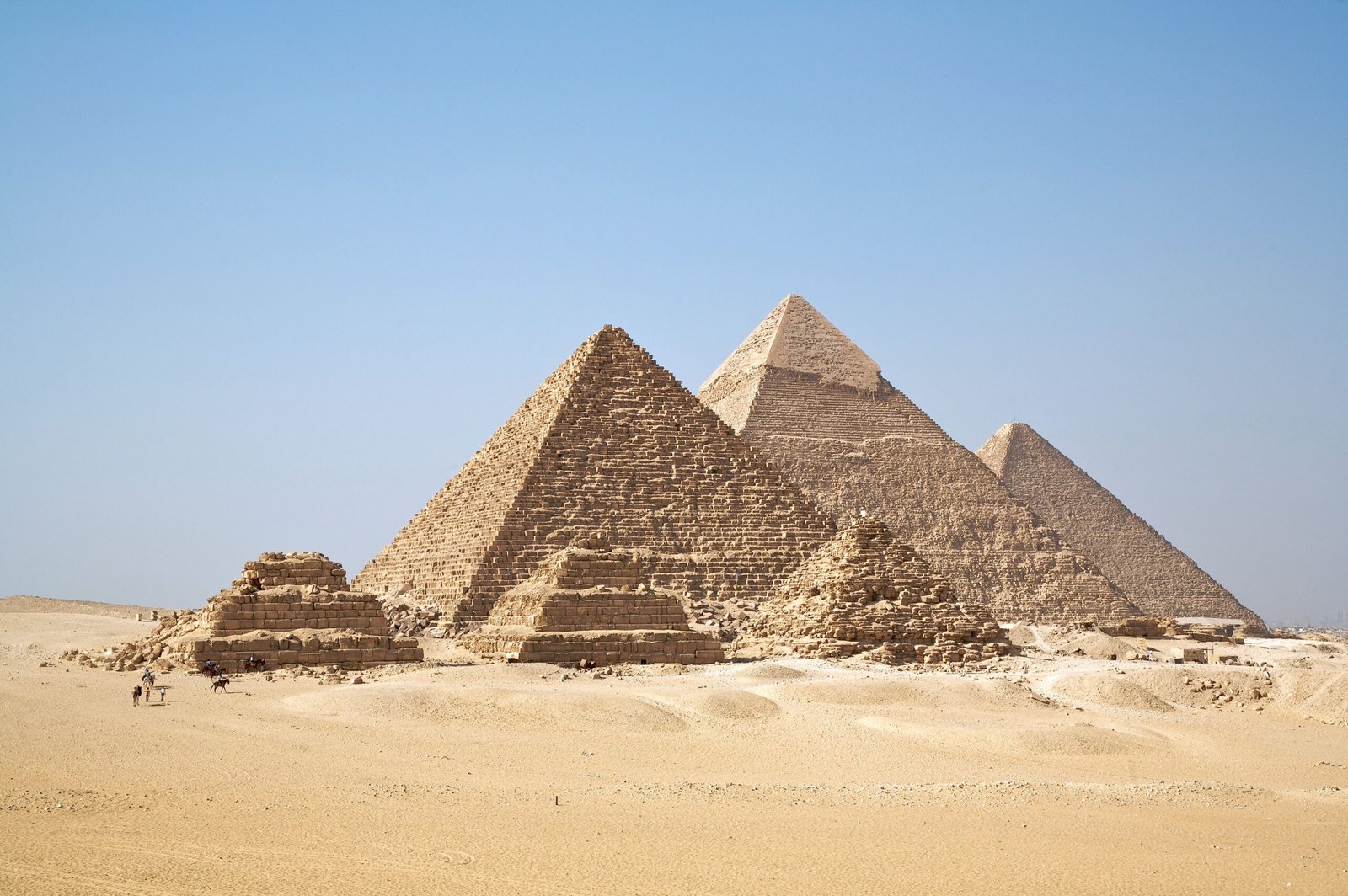
The science behind pyramid construction reveals something far more impressive than alien intervention or lost technology – it shows us the incredible ingenuity of human engineering and organization over 4,500 years ago. From sophisticated internal ramp systems to massive coordinated workforces, these monuments represent the pinnacle of ancient project management and construction techniques.
What’s perhaps most remarkable is how modern archaeology continues to unveil new secrets about these ancient marvels. Advanced scanning technologies, archaeological discoveries of workers’ villages, and detailed analysis of construction techniques are painting a picture of a civilization that achieved the seemingly impossible through careful planning, innovative engineering, and sheer human determination.
The pyramids weren’t built by slaves dragging stones across the desert under alien supervision – they were constructed by skilled workers, engineers, and craftsmen who developed revolutionary techniques that solved complex engineering problems. Their legacy isn’t just stone monuments reaching toward the sky, but proof that human ingenuity can overcome any challenge. Makes you wonder what impossible things we’re capable of today, doesn’t it?

Hi, I’m Andrew, and I come from India. Experienced content specialist with a passion for writing. My forte includes health and wellness, Travel, Animals, and Nature. A nature nomad, I am obsessed with mountains and love high-altitude trekking. I have been on several Himalayan treks in India including the Everest Base Camp in Nepal, a profound experience.




